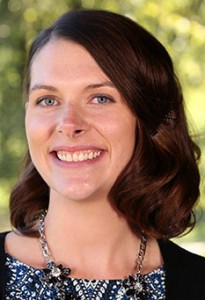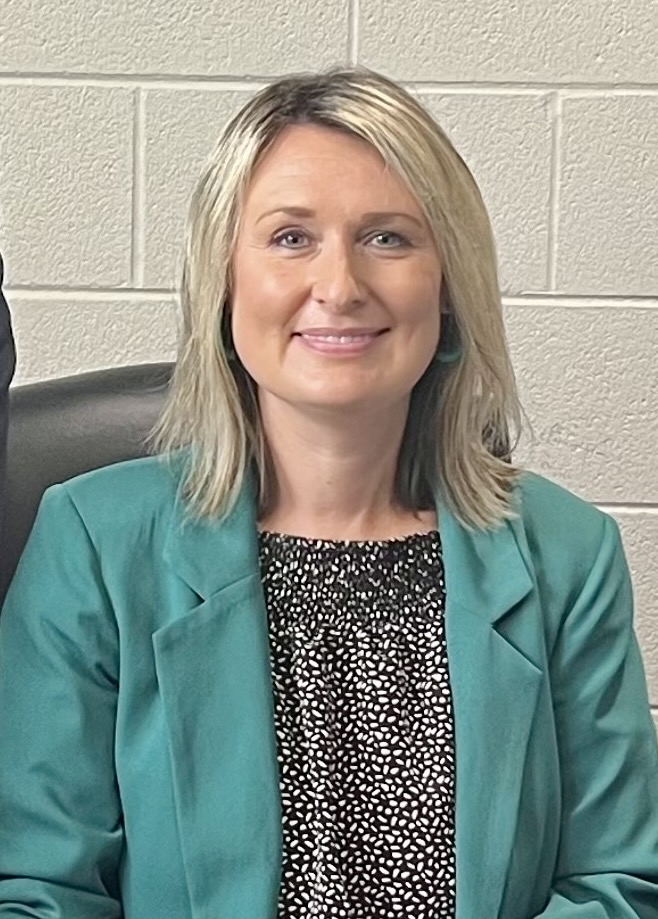
Ashley Lamb-Sinclair
This column originally was published on the National Council of Teachers of English website.
By Ashley Lamb-Sinclair
ashley.lambsinclair@oldham.kyschools.us
August is here, and for educators this means preparing our classrooms and our lesson plans, while tweaking our educational philosophies because most of us have spent the summer learning new ways of perfecting our craft.
For me, this is more like a complete overhaul than a tweak this year, because I have experienced a sabbatical as Teacher in Residence at the Kentucky Department of Education. I also have experienced education policy conversations in the state legislature and the White House, and had extensive learning experiences that have stretched me as an educator.
I recently returned from a trip to Finland and The Hague for the Global Student Leaders Summit, organized through a collaboration between the Council of Chief State School Officers (CCSSO)– which runs the National Teacher of the Year Program – and EF Education First. While in Finland, we spoke to Finnish educators and we visited schools and other institutions in order to learn from their system and apply it to our own classrooms. As I reflected upon and considered ways to change my practice from this experience, I distilled the lessons I learned down to three mini-lessons that I will continue to remind myself of throughout the upcoming school year.
Just eat the reindeer.
The Finns eat reindeer. Really. As in, Santa’s reindeer. One of the first dinners we had was prepared for us by a lovely elderly couple who owned a tiny little restaurant. The meal was served buffet style and reminded me of my own family get-togethers.
I overheard some of my colleagues ahead of me in line whisper in shock when they came upon the meat. When I realized what was happening, my first reaction was, “No way, I will not eat Rudolph.” The lady who owned the restaurant watched the silly Americans, tsk-tsking when they skipped over dishes and even pulling people back to lob heaping spoonfuls onto their plates.
When I came to the reindeer meat, instead of looking at the dish, I looked at the lady. She reminded me of my Granny. I thought of all the hard work she must have put into her restaurant and the pride she must have felt when her patrons enjoyed her food. In that moment, I realized that eating her reindeer was the empathetic thing to do. Not to mention that I would probably never come to Finland again, so why not experience life as a Finn for the brief time that I could?
So I ate the reindeer. It tasted like chicken.
But the point is that sometimes we encounter new experiences or new ideas and our instinct is to run. It is so much easier to teach the unit the same way we taught it last year because we already have the lesson plans. Yet, many of us spend our summers in professional development and when September rolls around, it’s business as usual.
Ultimately, just as the lady was the heart of that meal, our students are the heart of our own growth as professionals. We owe it to them to try something new.
If something inspires you, you should use it to fuel your work.
During our first day in The Hague, we had several hours to ourselves before dinner. I took this opportunity to set about a spontaneous walk along the main street in the heart of The Hague. I was pleasantly surprised to discover two museums displaying art by two of my favorite artists – M.C. Escher and Johannes Vermeer. Wandering through the Escher Museum brought my own child-like curiosity to life. Escher’s fantastical drawings were so large and magnificent that I felt like I had fallen into one.
Then, a block over, I stood alone in a room with creaky wood floors, staring so closely at “Girl with a Pearl Earring,” a girl I felt like I knew after reading the beautiful novel of the same name by Tracey Chevalier, and I felt a rush of teaching inspiration. I took out my notebook and started jotting down lesson ideas for the coming school year – a personal historical fiction piece, poetry based on optical illusions, argument essays on gender based solely on visual representations. I filled up four pages of lesson ideas just from a couple of hours.
According to a recent Gallup report, approximately 7 in 10 teachers are disengaged in their work. Moreover, teacher engagement levels are directly related to student engagement, and therefore, student achievement. When we feel inspired and engaged as educators, our students also feel inspired and engaged. I recognized while feeling like a kid again and exploring art by myself in an unfamiliar city, that to be more engaged as educators, we have to find what inspires us and use it in the classroom.
Learning is fun.
We met Lauri Jarvilehto, a former Rovio employee – of Angry Birds fame – who has since created a company called Lighneer, which is focused on educational games. Jarvilehto believes, and I agree, that “education is important, but learning matters more.” He told us about the piles of emails Rovio received in the years since launching Angry Birds from kids around the world who would explain various ways to beat each level or send drawings of character or plot ideas.
Jarvilehto and his colleagues realized as they read these letters that although it may seem kids are wasting their time, the reason they want to play video games is because they are actually learning. He explained that the most enjoyable thing a person can do is learn, and learning doesn’t need bells and whistles to make it fun. The problem is that students don’t often feel the same engagement in school, maybe because there is a difference in learning and “education.”
Marc Brackett, director of the Yale Center for Emotional Intelligence, has conducted research that supports Jarvilehto’s claims. He found after surveying 22,000 high school students that 75 percent of them felt negatively about school, and the two negative emotions they most often felt were stressed and bored.
I will take Jarvilehto’s advice as I enter the upcoming school year and remind myself that learning and engagement are the most important elements to the school day, not only because they make school more enjoyable, but also because they are essential for deeper learning. After all, in Jarvilehto’s words, “in a changing world, the learners inherit the land, while the educated will be totally prepared for a world that no longer exists.”
So I will take these Finnish lessons with me as I embark upon another school year and try to be a more innovative, passionate, engaging and empathetic teacher than I was the year before. I hope my students will be all the better for it.
Ashley Lamb-Sinclair is the 2016 Kentucky Teacher of the Year, a National Board certified teacher and is in her 10th year of teaching. She has taught in Fayette and Jefferson counties and now teaches English and creative writing at North Oldham High School (Oldham County).



Leave A Comment